Five things I wish I knew before my first winter of road riding
There's a special satisfaction to riding through the winter - but also plenty of challenges!
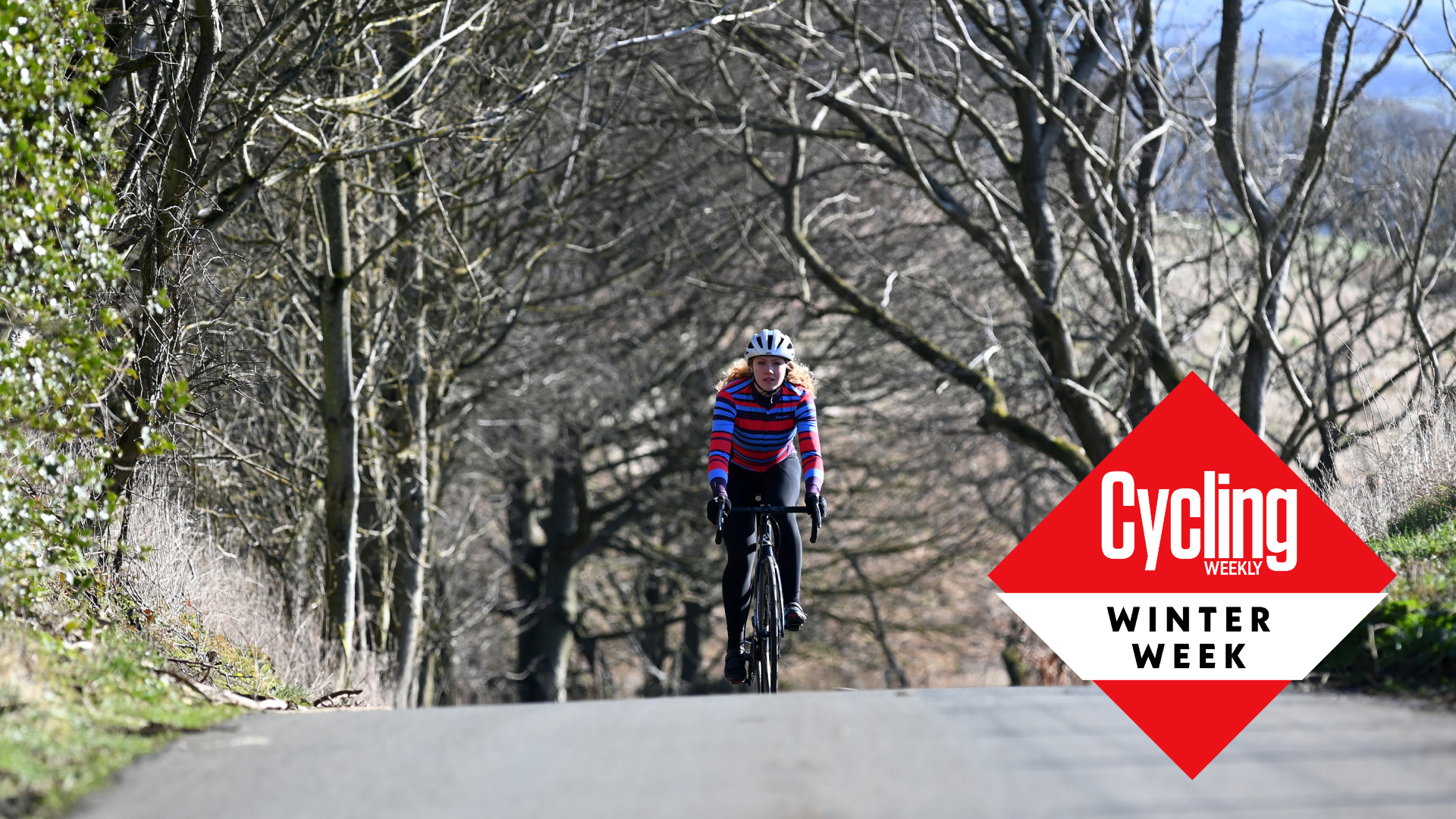
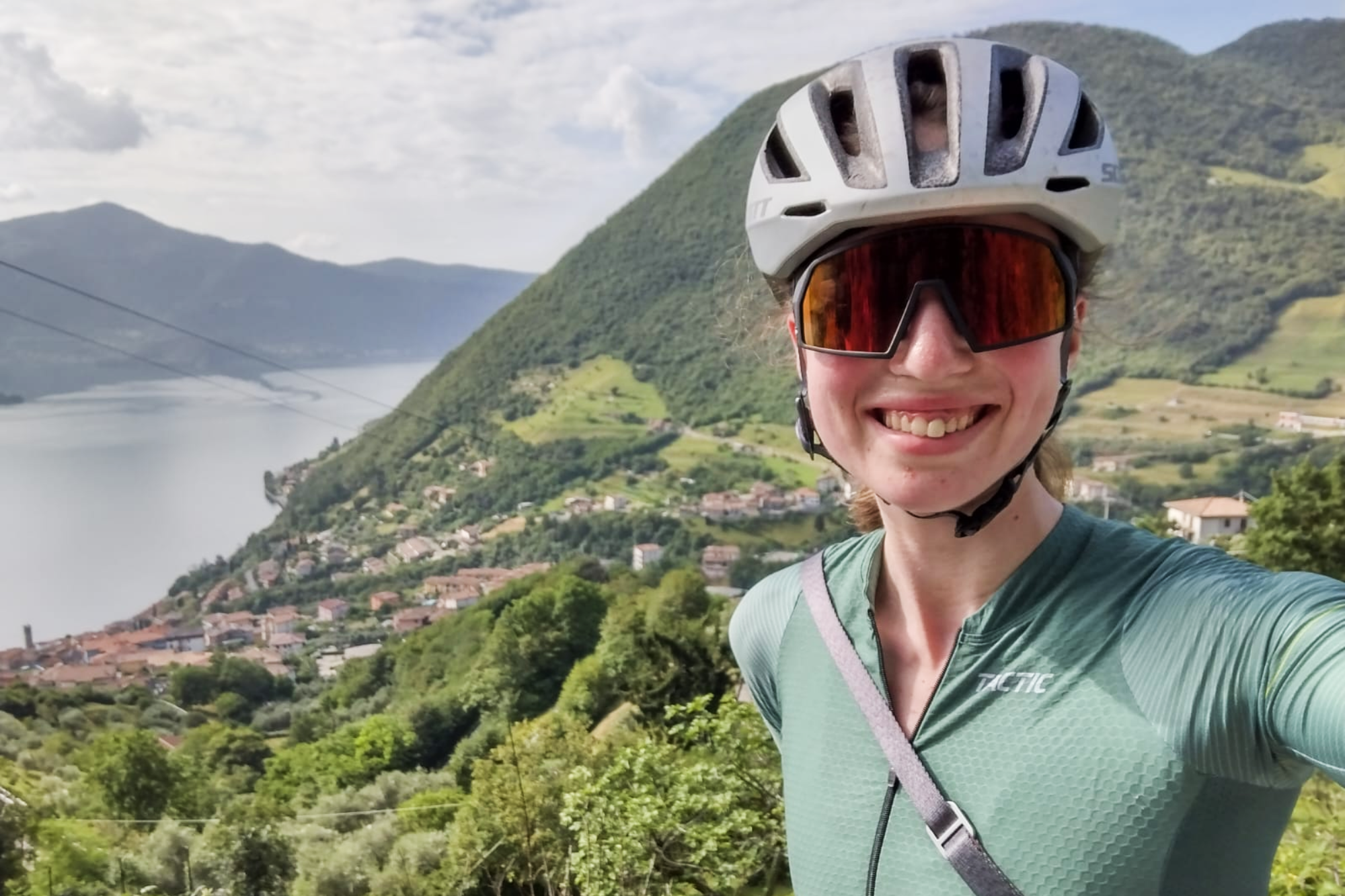
Back when I experienced my first winter of road riding, a lot was very different. I was running narrow 23mm tires, I was yet to get my first bike computer (it would be a Garmin Edge 500 - an absolute classic), and the cycling kit I did have was neither breathable nor properly waterproof.
Fortunately, so much has improved in terms of the componentry, kit, and electronic accessories which are now available today - there is an awful lot I am so thankful for on every ride!
But even so, there are some staples which never change, no matter the advancements in tech. Similar to how, despite the plethora of training tools which now exist, there is still no substitute for putting in the hard miles when it comes to getting fit - there are some facts of winter riding which will remain true forevermore.
And so, here are the five things which I wish I knew before my first winter of road riding (and which I still have to remind myself at the end of every summer!)
1. Getting out takes so long; prep the night before
Life is so easy in the summer: there are just seven items of kit you need to throw on - shoes, socks, shorts, jersey, sports bra (delete as applicable), helmet, sunglasses - then just grab your bike and roll down the drive.
Not so in the winter. Once you’ve made your call on exactly what the temperature, windspeed, precipitation chance demands in terms of your kit (is a 7 degree, 20 kph wind and light drizzle a bib tight or leg warmer kind of day?) - then comes the task of equipping yourself with all that getup.
A fairly standard winter’s ride might see me wearing: overshoes, shoes, socks, leg warmers, bib shorts, sports bra, base layer, jersey, gilet, arm warmers, rain jacket, gloves, helmet and photochromic sunglasses.
Get The Leadout Newsletter
The latest race content, interviews, features, reviews and expert buying guides, direct to your inbox!
Pulling on 14 layers takes enough time in itself - running round trying to locate them all in an early-morning daze easily triples that time. So, do your future self a favor, and get all that kit lined up and ready to go. Setting off in the cold is hard enough as it is, you need to make everything else as easy as possible!
2. Bike lights should be taken, just in case
You set off at 10:00 in the morning. You’re only planning on being out for a few hours - surely there’s no need to be bringing bike lights along with you? Like the tide, it’s so easy to be caught out once a few things start going wrong.
If your average speed drops from 33 to 25kph because the new roads you were trying weren’t as you thought - or a similar percentage drop from 20 to 15 kph when riding on gravel - you can quite easily end up out for an extra hour at least. Throw in a couple of mechanicals and a short detour to a supermarket for some extra food and your total elapsed time can easily creep up from an intended 2hrs 45mins to nudging 6hrs.
Frustrating, but not a serious problem in the summer. Depending on your latitude, the sun could have already sunk behind the horizon in the winter.
Given the situation you could find yourself in, strapping on some lights ‘just in case’ is a precaution I would always advise - even if you’re quite sure you’ll be back well before sunset.
3. Cafe stops are the best and worst idea
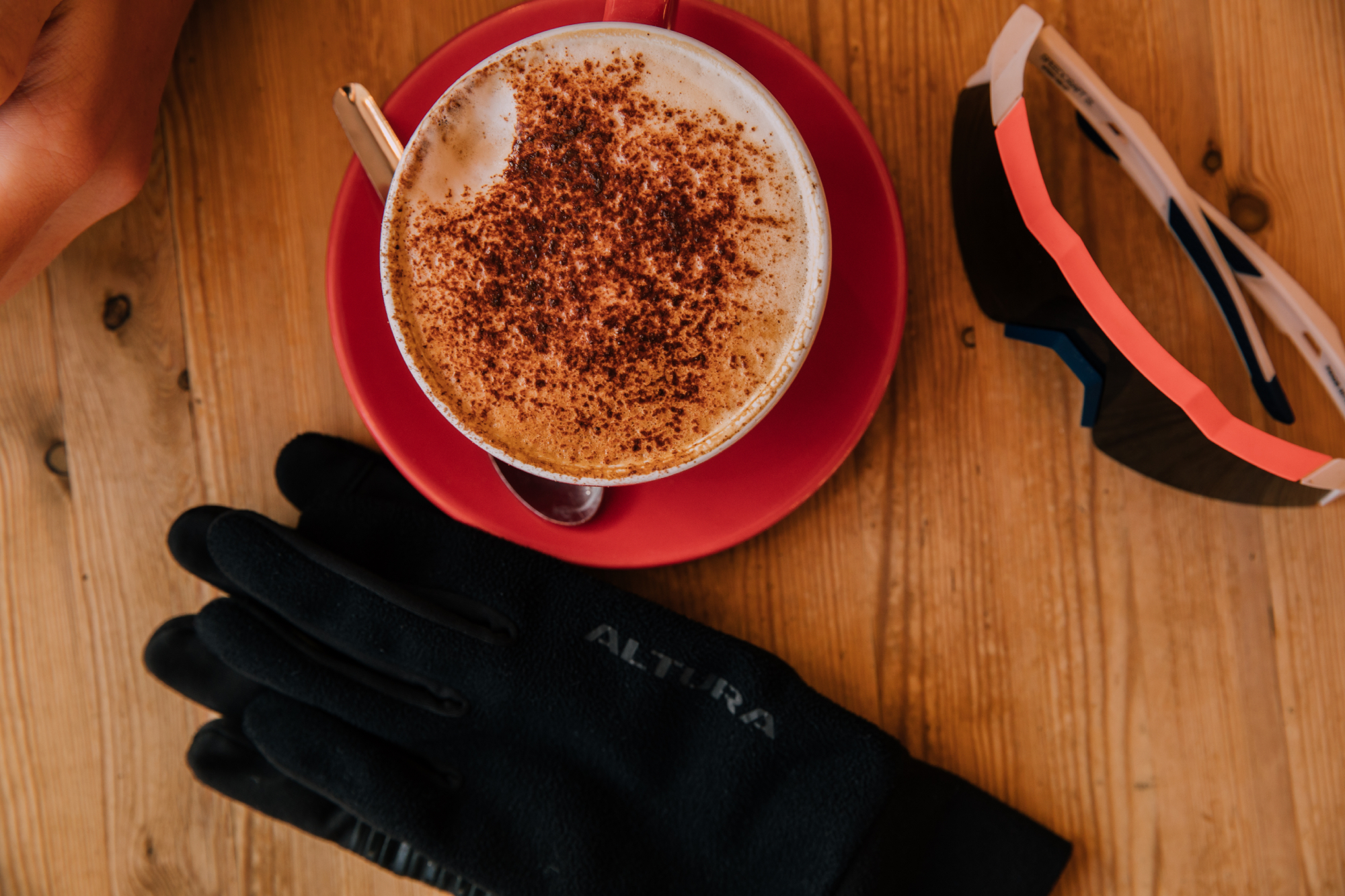
What could be more inviting than a pause at a warm, dry and bright cafe - picking up a much needed coffee and a generous slice or two of cake (which might be a little surplus to requirements)? The perfect milestone to break up a long winter ride in the wet and the cold, is it not?
Potentially…
But with every snuggly stop, there is inevitably the pain of leaving it. Pulling back on your cold and damp jacket, winter cycling gloves and helmet; trying to coax your stiff and heavy legs firstly back into the motion of pedalling, secondly into putting out any degree of power - which you so desperately need to generate the warmth you're emphatically lacking.
But no. Stiff, cold legs will turn at the rate they wish. And anyway, half of your organ-powering blood is preoccupied with aiding the digestion of that three slices of cake you’ve just eaten - there’s not much in the way of spare capacity to go round.
What should one do? Well, there’s nothing else but to embrace it. You’ll never feel relief quite like when slurping down a hot drink after hours out in the cold - but with those heady highs, so too come the lows.
4. Extra layers are useful for mechanical stops
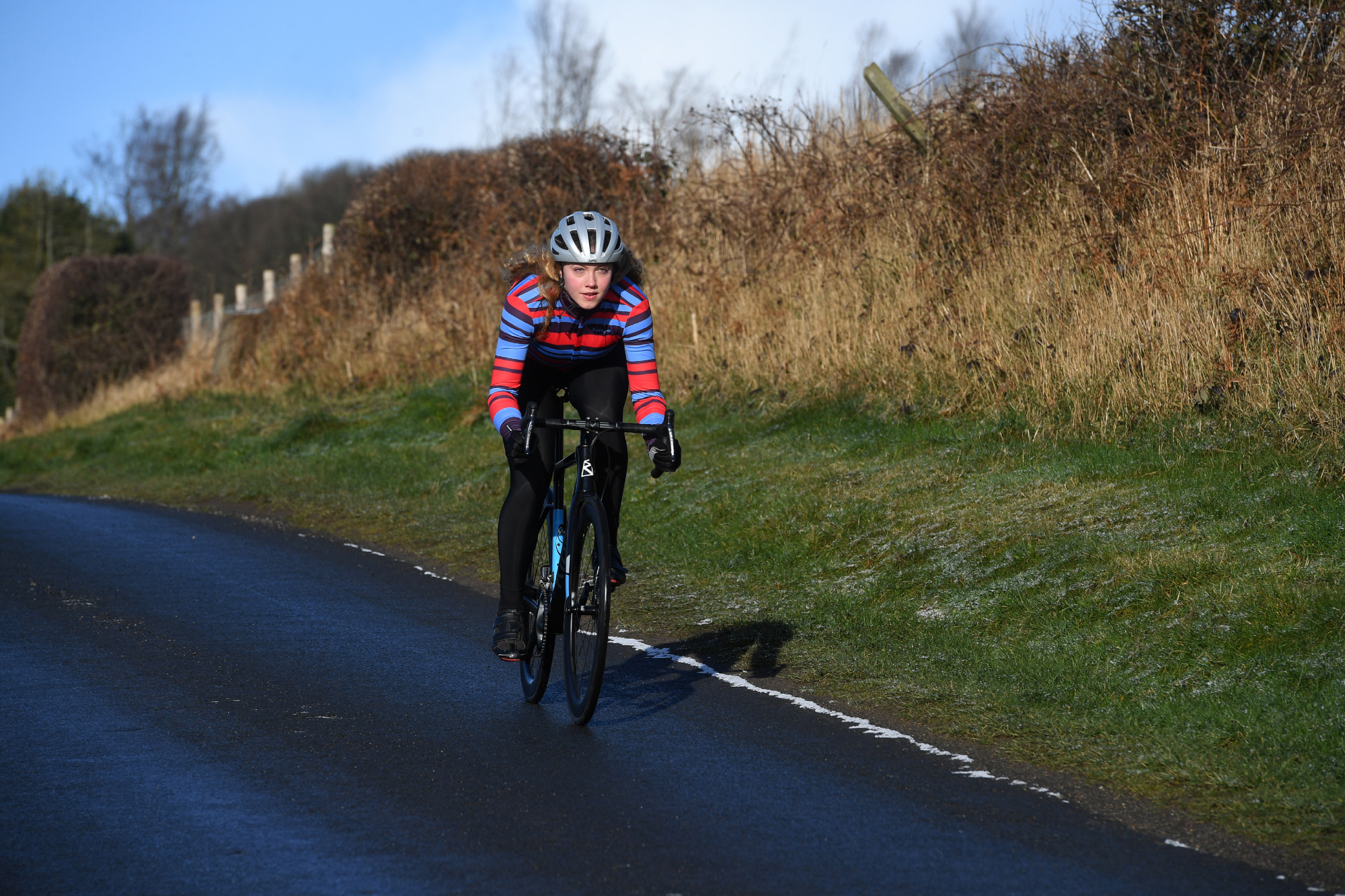
Always pack an extra layer. This extra bulk might be frustrating, especially in hillier terrain with patchy cloud cover. This can necessitate unzipping down to your base layer when grinding up 20% climbs in a (brief) period of full sun - only to be followed with hastily wrapping up once you reach the exposed top and drop down the other side, invariably into the shade.
But say you get a mechanical part way down that shaded descent. A nasty puncture which proves a nightmare to fix. It’s quite astonishing just how much heat you generate while riding and, by extension, just how cold it’s possible to get in just 10 minutes of standing around. I promise at that moment, the extra layer is worth its weight in gold.
5. Even the best fenders don’t hold off all the muck
So, you’ve decided to ignore the detractors and their wailing of ‘clean lines’ and ‘weight savings’ and invested in a pair of the best bike fenders / mudguards. Good choice - they’ll keep both you and your bike cleaner, as well as those riding behind you.
But focus there on the operative word: ‘cleaner’.
Yes, it’s sadly true. Despite fenders doing so much to reduce the road spray and associated mess, they’re not a magic bullet. Your drivetrain will still end up collecting dirt, as will certain areas of your frame. Your washing machine will thank you for not sending such grit-saturated clothing through its drum, but you won’t be sparkling clean at the end of a foul weather ride.
But that’s not a reason to dispense with them and not to bother - the improvements that a pair of the best fenders will bring to your winter riding are indisputably massive. Still, if it’s your first experience using a set, you might need to slightly adjust your expectations.
Here are 20 more hacks to beat the cold and keep riding through the winter.

Thank you for reading 20 articles this month* Join now for unlimited access
Enjoy your first month for just £1 / $1 / €1
*Read 5 free articles per month without a subscription

Join now for unlimited access
Try first month for just £1 / $1 / €1

I’ve been hooked on bikes ever since the age of 12 and my first lap of the Hillingdon Cycle Circuit in the bright yellow kit of the Hillingdon Slipstreamers. For a time, my cycling life centred around racing road and track.
But that’s since broadened to include multiday two-wheeled, one-sleeping-bag adventures over whatever terrain I happen to meet - with a two-week bikepacking trip from Budapest into the mountains of Slovakia being just the latest.
I still enjoy lining up on a start line, though, racing the British Gravel Championships and finding myself on the podium at the enduro-style gravel event, Gritfest in 2022.
Height: 177cm
Weight: 60–63kg
-
 Remco Evenepoel hails end of 'dark period' and announces racing return
Remco Evenepoel hails end of 'dark period' and announces racing returnOlympic champion says comeback from training crash has been 'the hardest battle of my life so far'
By Tom Thewlis
-
 A bike rack with an app? Wahoo’s latest, and a hub silencer – Sea Otter Classic tech highlights, Part 2
A bike rack with an app? Wahoo’s latest, and a hub silencer – Sea Otter Classic tech highlights, Part 2A few standout pieces of gear from North America's biggest bike gathering
By Anne-Marije Rook
-
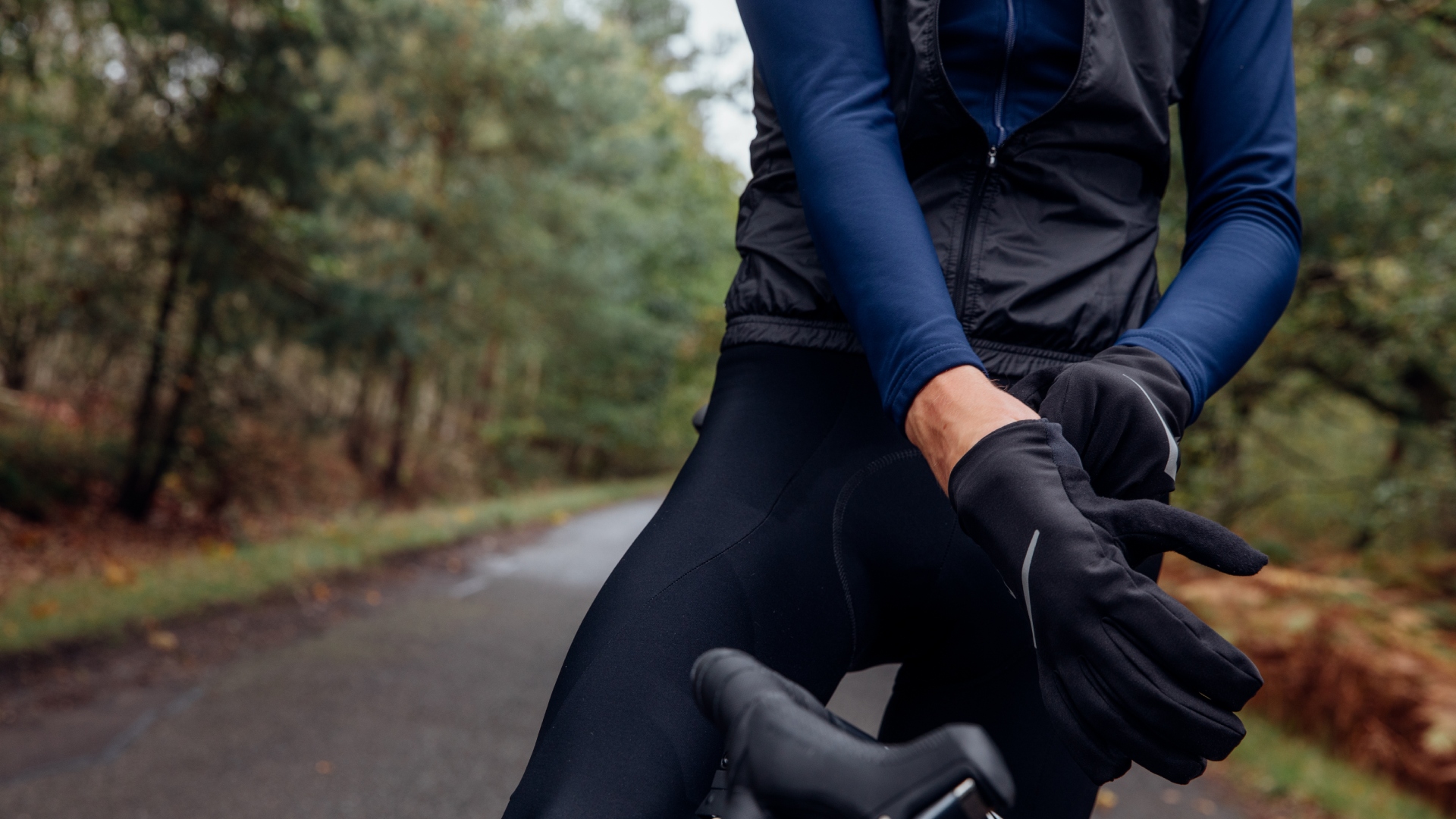 Riding with Raynaud’s: How to beat cold hands and feet over winter
Riding with Raynaud’s: How to beat cold hands and feet over winterSymptoms of Raynaud's syndrome extend far beyond simply having chilly hands and feet, our experts guide you through the how-to on making winter riding bearable despite the disease
By Lexie Williamson
-
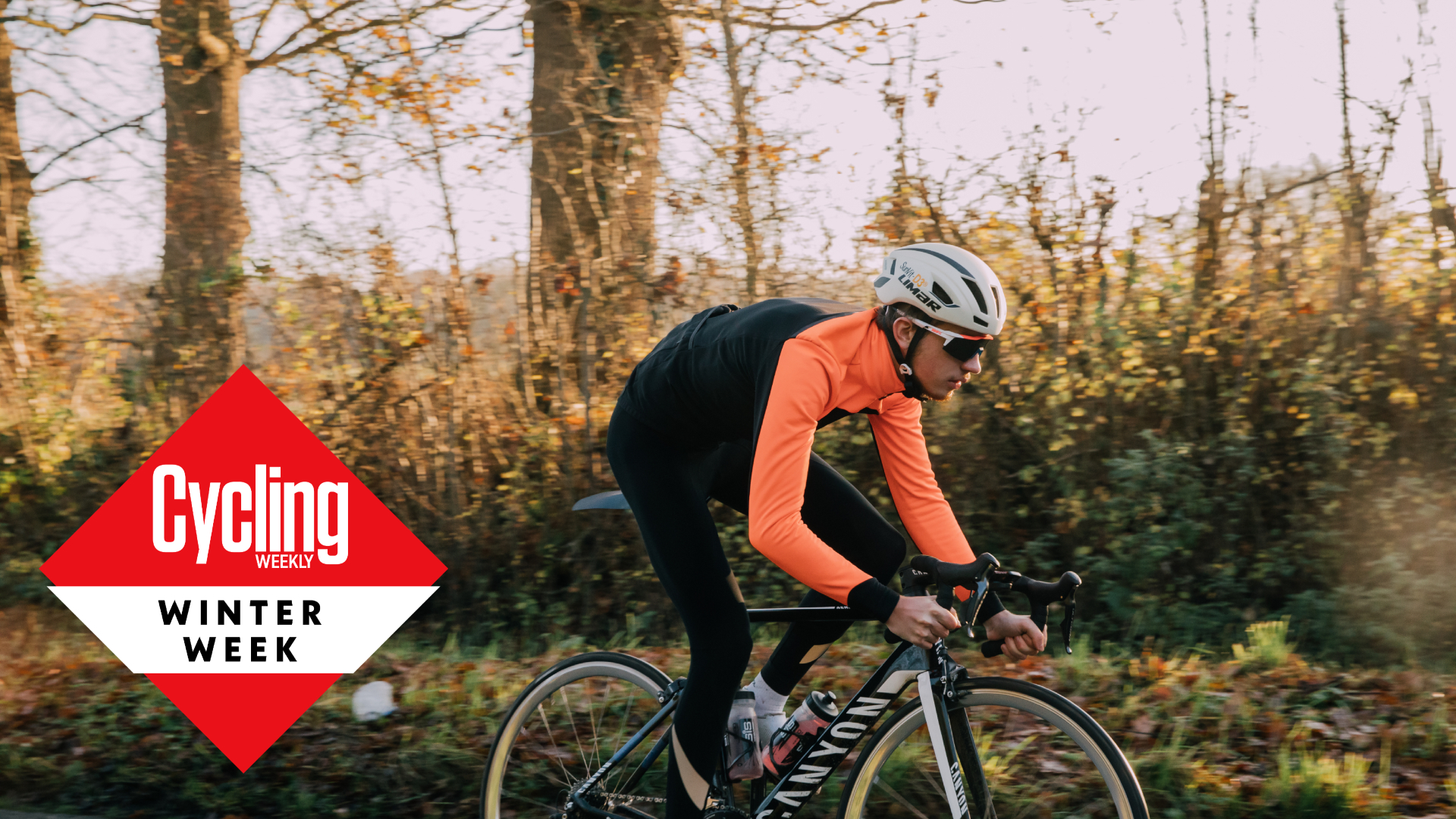 18 tips for finding winter motivation to ride
18 tips for finding winter motivation to rideDon't let cooler weather keep you off the bike, there are plenty of ways to keep the enthusiasm high
By Andy Turner
-
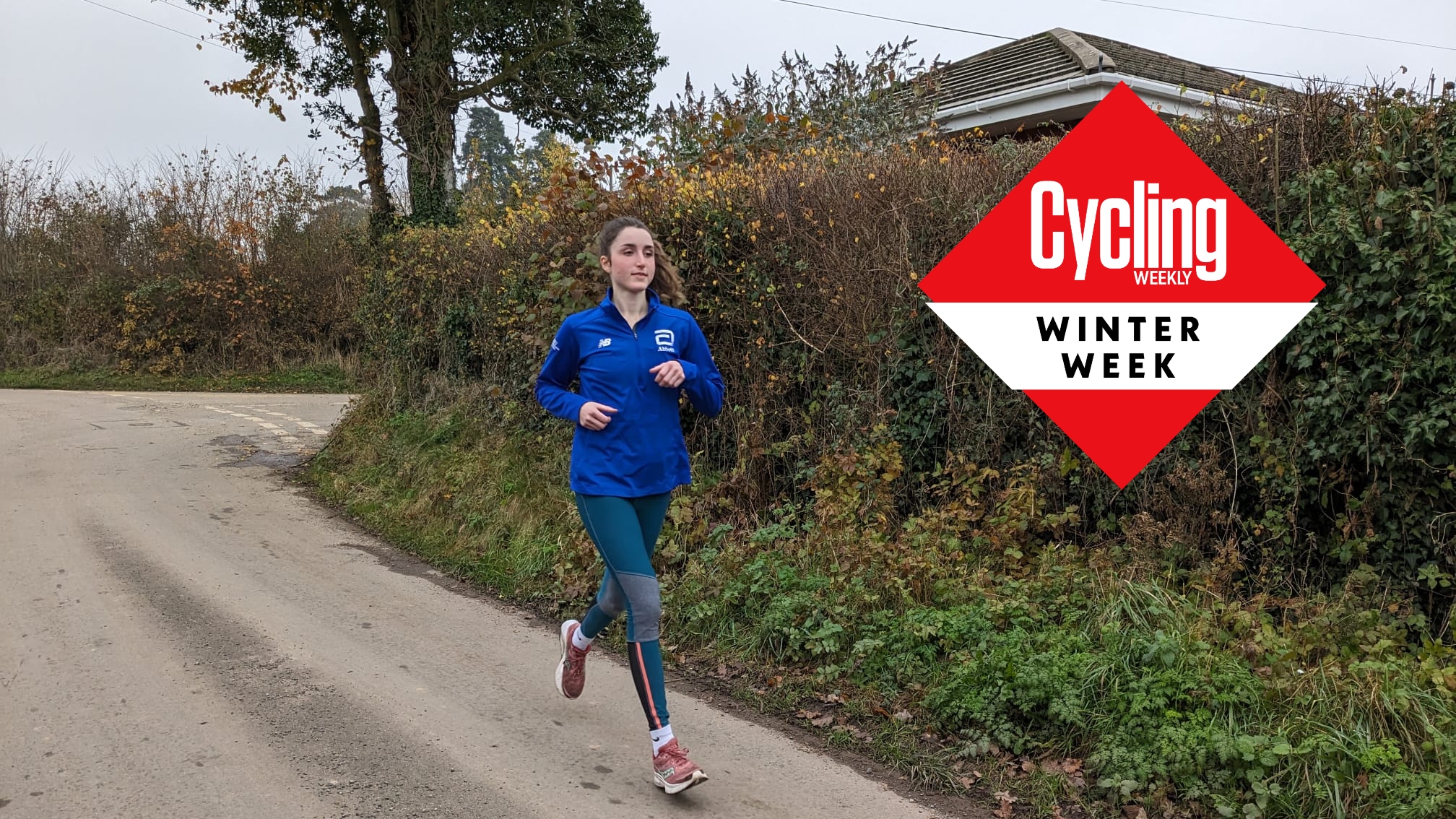 How much running is ‘too much’ running for cyclists - I trained for a marathon to find out
How much running is ‘too much’ running for cyclists - I trained for a marathon to find outMany cyclists like to swap their cleats for running shoes - at least for some sessions — during winter, but where should we draw the line?
By Ellie Donnell
-
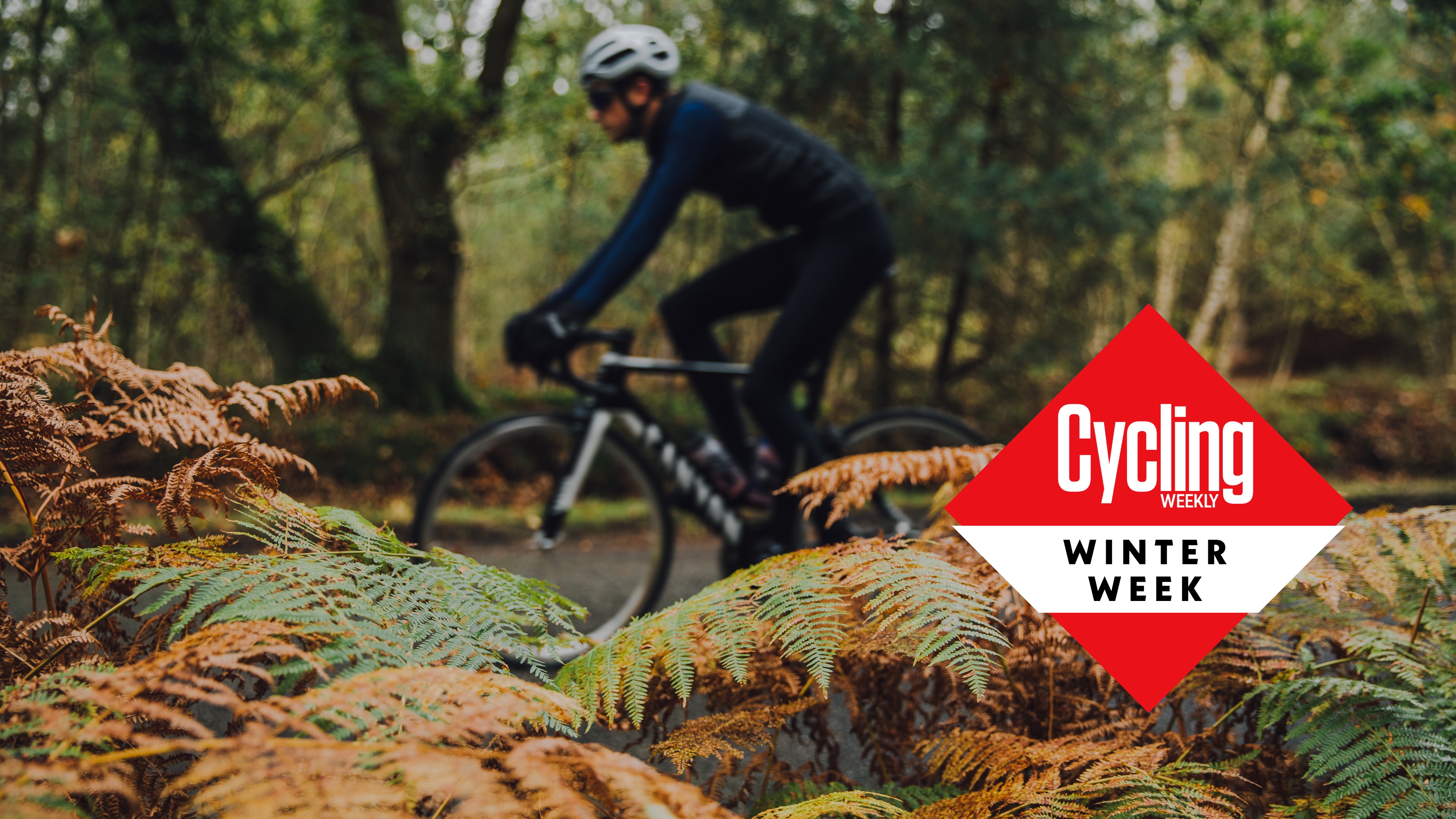 Symptoms of Seasonal Affective Disorder are more common than you think - here's how to battle the blues
Symptoms of Seasonal Affective Disorder are more common than you think - here's how to battle the bluesIt’s no secret that the winter months can switch one’s mood to a doom and gloom setting – here’s how to lighten the load
By Rob Kemp
-
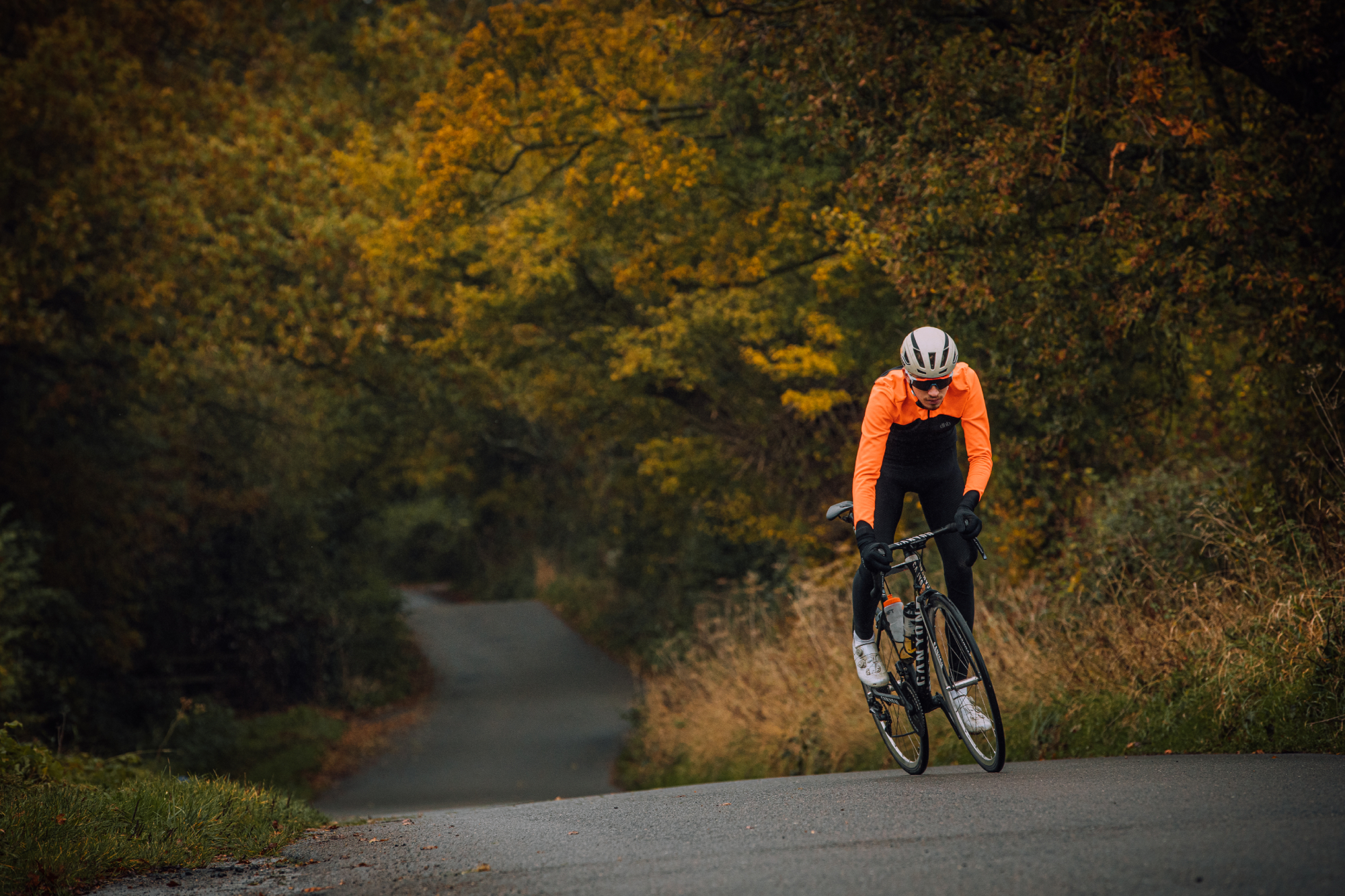 These five winter training mistakes can ruin your fitness - here's how to avoid them
These five winter training mistakes can ruin your fitness - here's how to avoid themThe pitfalls to avoid if you want to emerge fit and well come spring
By Andy Turner
-
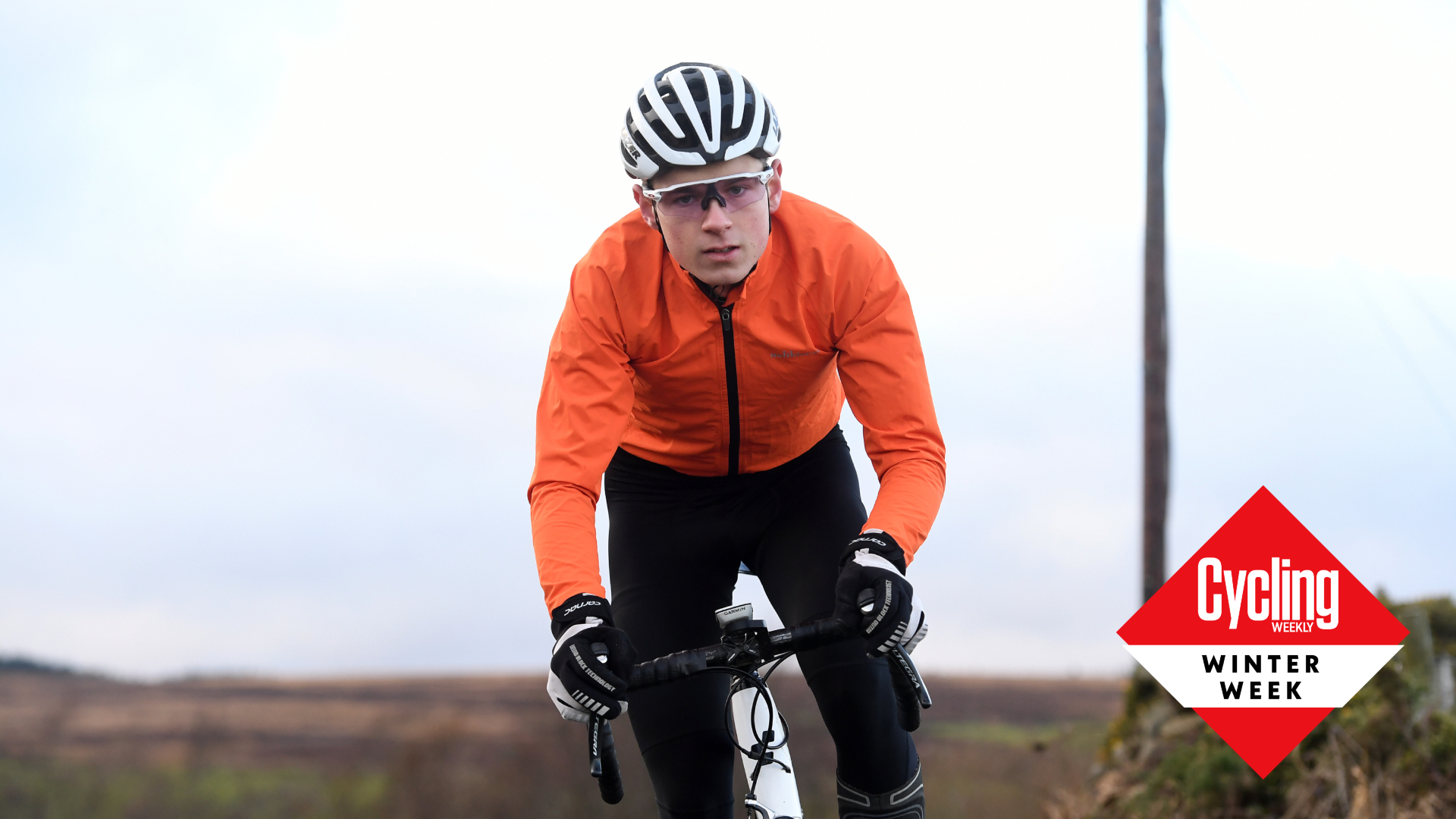 Seven benefits of riding outdoors - which you’ll miss out on if you train inside all winter
Seven benefits of riding outdoors - which you’ll miss out on if you train inside all winterAs with most things in life, there is a balance to be struck…
By Andy Turner
-
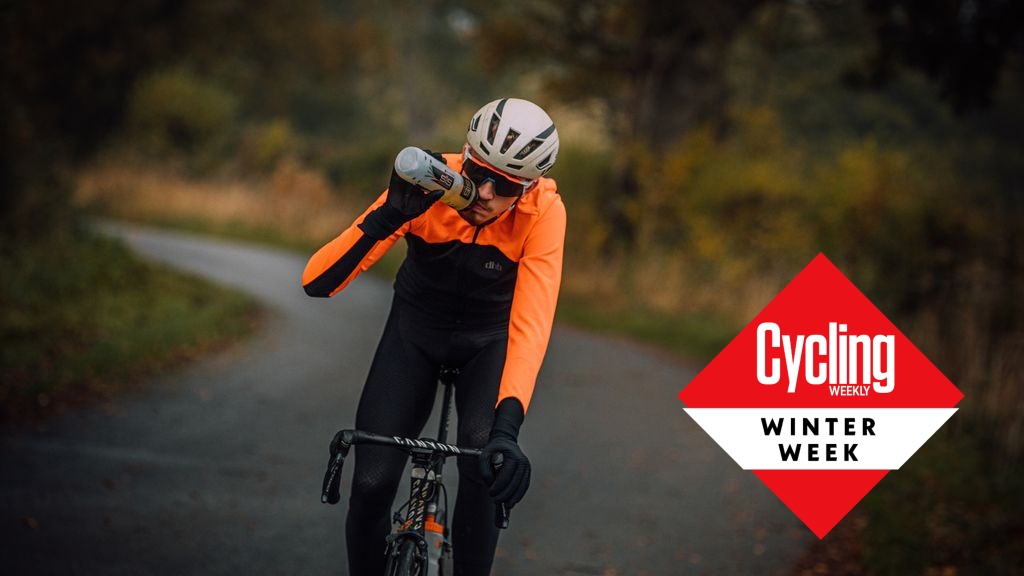 Winter fueling: how to match your cycling nutrition to the demands of cold weather riding
Winter fueling: how to match your cycling nutrition to the demands of cold weather ridingGetting the most out of your winter training means making sure you are optimally fuelled for every ride - here's what you need to know about the specific demands of cold season nutrition
By Joe Laverick
-
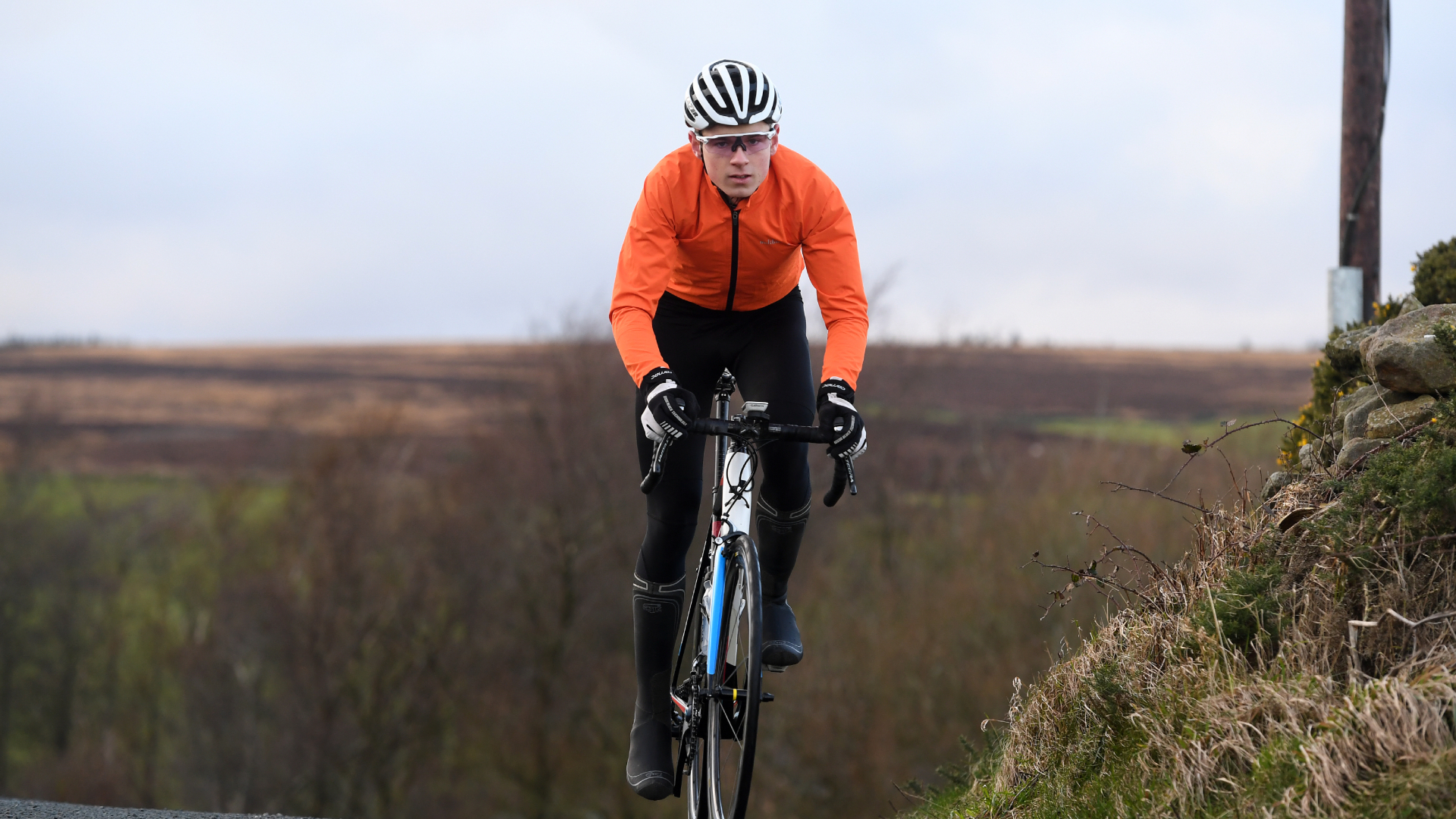 20 hacks to beat the cold and keep riding through the winter
20 hacks to beat the cold and keep riding through the winterHere's how to train through the winter without getting cold and miserable
By Tom Couzens